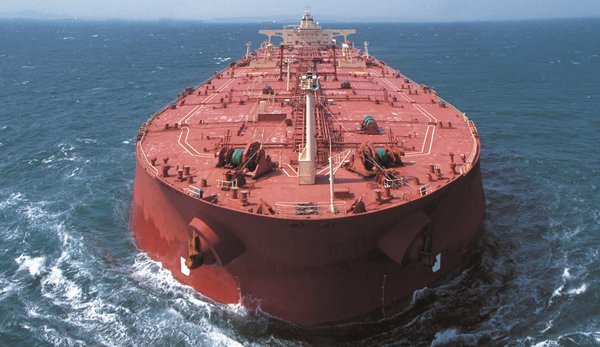Maritime CEOTankers
Maritime CEO 400: Mixed outlook for tankers

Singapore: Concluding our week-long archive ruminations to celebrate passing the 400-interview mark, Maritime CEO today turns its attention to what tanker owners have been telling us about the markets in recent months.
Sadan Kaptanoglu, a board member at the eponymous family Turkish shipping conglomerate, told us last month that tankers are moving up “slowly but steadily”. Kaptanoglu is optimistic about aframaxes and the chemical market in particular.
Meanwhile, Kim Ullman, ceo of Concordia Maritime, the Swedish firm that is controlled by the Stena Group, warned that the product tanker is becoming ever more fragile when interviewed last month.
“Demand growth is there and distances are increasing but the influx of supply makes it fragile,” he said, predicting equilibrium at best for the coming 12 months.
“Influx is a given, but demand is not,” Ullman pointed out.
Part of the problem for product tankers is that they became a solid bet for many, and now too many have been ordered.
“Everybody builds on relatively well-founded expectations,” Ullman said, “but when everybody does it the expectations go away.”
Mikael Laurin, the youthful ceo and president of Sweden’s family run Laurin Maritime tanker firm agreed with Ullman’s sentiment, warning that overordering in the product sector is likely to put a lid on rate rises.
“We believe that the orderbook of standard MRs is too large compared to the increase in demand over the coming years,” said the tanker boss, adding: “For chemical tankers there has been a lot of orders lately, but the orderbook is not yet as bloated. The large number of MR orders will, however, likely keep rates for easy chemicals down for the coming years.”
Trying to put a gloss on this product tanker predicament was Jim Furnivall, managing partner of private equity firm, Alterna Capital Partners, who we interviewed two months back.
Furnivall admitted there are too many product tankers at the moment, but demand growth for products should outpace supply growth over the next three years.
“As such the market should come into balance during that time and we will see rates return to historical averages, maybe with some premium,” he maintained.
In April we got in touch with Bob Burke from the American firm Ridgebury Tankers, who defended his company’s dogged pursuit of the much maligned suezmax sector.
“The conventional wisdom in the US and much of Europe is that the two million barrels of crude from West Africa to the US Gulf is dying, largely because of shale gas,” Burke said.
Burke, however, said suezmaxes are like Boeing 737 planes – “bigger enough for long haul but can do regional too”. It is their flexibility that is allowing them to take work from VLCCs and aframaxes, he said.
Still, the real reason for the focus on suezmaxes was on the tiny orderbook for the segment plus noticeable increases in ton/miles.
“The biggest thing we look at is the orderbook,” he said, adding: “I’ve never seen an orderbook so low as suezmaxes today.”
As for product tankers, Burke said the outlook for the next couple of years looks good. “I can’t understand why people are ordering new product tankers,” he mused, “you want tonnage now.”
For other shipping sectors covered this week from the viewpoint of leading shipowners please see the related stories below. [05/09/14]
